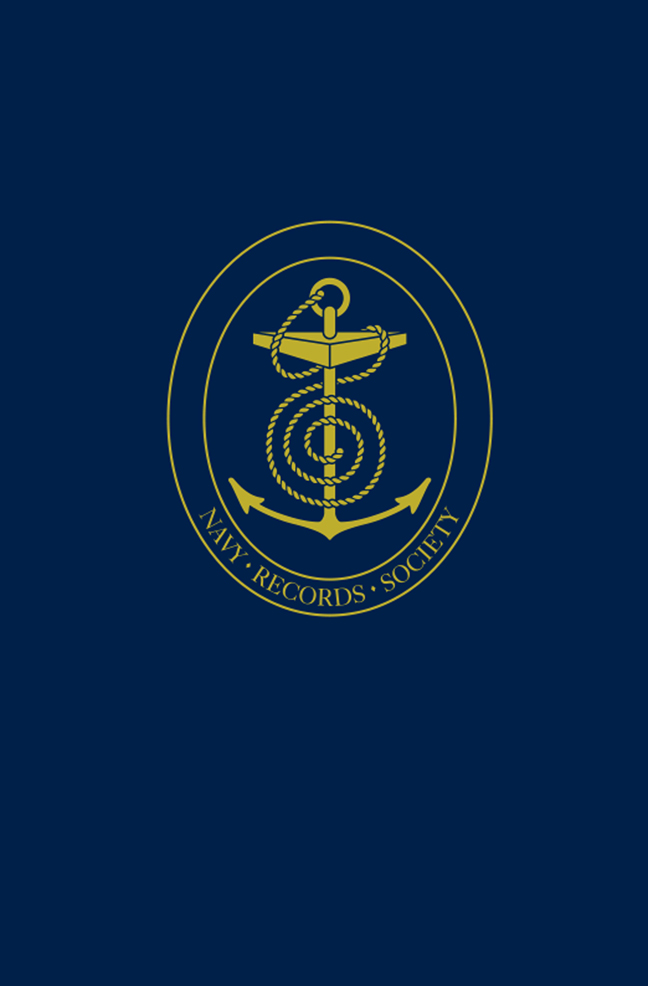Book contents
- Frontmatter
- Dedication
- Contents
- List of Illustrations
- Preface
- Acknowledgements
- Glossary of Abbreviations
- A Brief Bibliography
- Part I The Washington Conference, 1919–1923
- Part II The Geneva Conference, 1922–1927
- Part III The First London Naval Conference, 1927–1930
- Part IV The Second London Naval Conference, 1930–1936
- Part V The Sailors Meet, 1919–1939
- Part VI Edging towards an Alliance, 1937–1939
- Documents and Sources
- Index
- Miscellaneous Endmatter
Part VI - Edging towards an Alliance, 1937–1939
Published online by Cambridge University Press: 05 March 2024
- Frontmatter
- Dedication
- Contents
- List of Illustrations
- Preface
- Acknowledgements
- Glossary of Abbreviations
- A Brief Bibliography
- Part I The Washington Conference, 1919–1923
- Part II The Geneva Conference, 1922–1927
- Part III The First London Naval Conference, 1927–1930
- Part IV The Second London Naval Conference, 1930–1936
- Part V The Sailors Meet, 1919–1939
- Part VI Edging towards an Alliance, 1937–1939
- Documents and Sources
- Index
- Miscellaneous Endmatter
Summary
British readers, accustomed to discussions about the coming of war between 1937 and 1939, and to accounts of the great Anglo-American operations after December 1941, might be surprised that the majority of documents in this Part concern Anglo-American co-operation before the Second World War and in the Far East. This is because the first test of the inter-war peace came in China in 1931 and the democracies were faced subsequently with an aggressive autocracy, especially after the ‘incident’ at the Marco Polo Bridge near Beijing in July 1937, which was followed by a full-scale war between China and Japan. Though part of the cause was Japanese aggrandisement, the forces of Nippon were responding also to burgeoning Chinese nationalism; moreover, there was little love lost between the Western powers and the government of Chiang Kai-Shek. The Western powers, with long-established (if small-scale) trading operations and a considerable missionary presence in China, had a common interest in protecting their merchants, missionaries, ships and commercial enterprises from the savage and, at times, indiscriminate warfare between China and Japan. There was a sub-text to their endeavours, as some elements in the Japanese hierarchy were intent on driving them out of China. In that drive the British were ‘kicked and cuffed incessantly’ as the Japanese sensed that one Empire was on the way down as its own Empire rose, with the battleground being a third ancient Empire [208]. The British, in fact, blew hot and cold in their struggle with Japan, alternating between apparent appeasement and stout assertion of their historic position. That was because the topsy-turvy situation in Europe affected their power to defend themselves in the Far East – and they could not rely on American help if it came to shooting. The American Admiral on the spot, Harry E. Yarnell, Commander-in- Chief of the Asiatic Fleet, who was strongly pro-British, did his best to support his British friends and got on well with the successive British Commanders-in-Chief of the China Station, Admirals Sir Charles Little and Sir Percy Noble. He was seconded by the Chief of Naval Operations, Admiral William D. Leahy, also pro-British, who hankered after a definite arrangement for joint action. Yarnell, Little and Noble exchanged information, engaged in joint protests and made contingency plans to safeguard civilians [180–85, 187–9, 191, 192, 194, 197–9, 202, 203, 206–8].
- Type
- Chapter
- Information
- Anglo-American Naval Relations, 1919-1939 , pp. 245 - 296Publisher: Boydell & BrewerFirst published in: 2024



